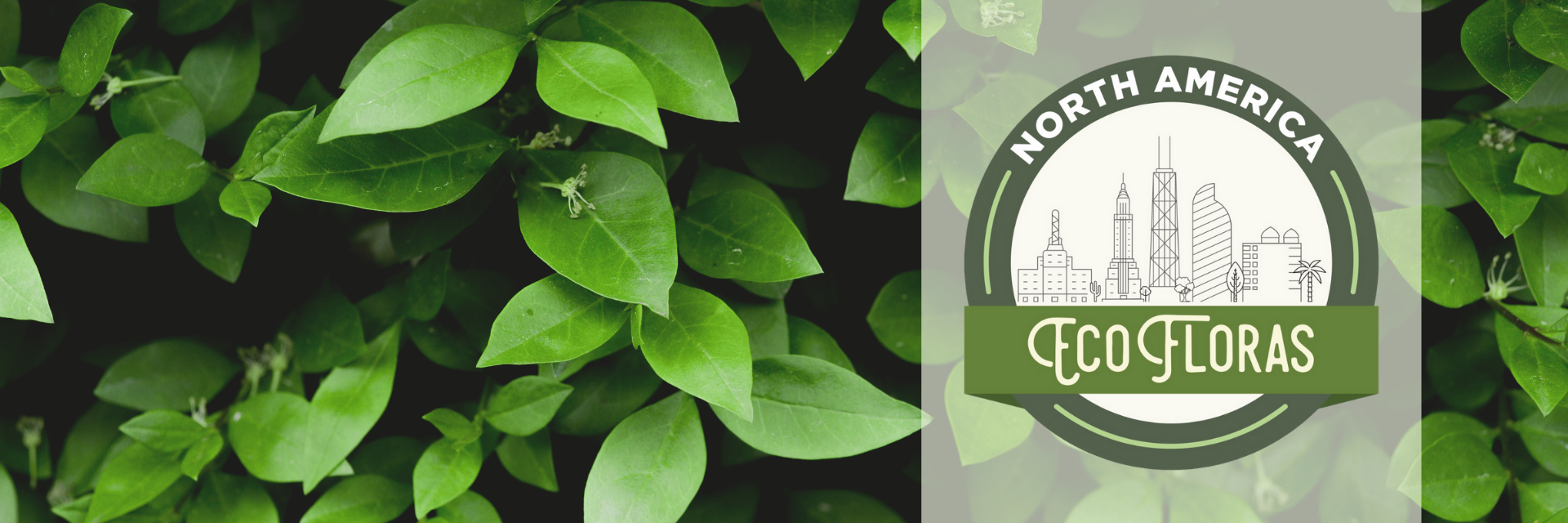
|
Disceliaceae |
|
|
Plants annual, minute, arising from a perennial persistent protonema. Stems erect, to 0.2 mm, completely enveloped in leaves. Leaves with costa weak or absent, brownish or with little chlorophyll, exterior leaves 0.2-0.4 mm, interior to 1 mm, acuminate, ovate to oblong-lanceolate, margins entire to crenulate by bulging cells; laminal cells elongate-hexagonal to rectangular, thin-walled, 85-100 × 12-16 µm, smooth. Specialized asexual reproduction by 2-celled starch-filled rhizoidal gemmae. Sexual condition functionally dioicous; perigonium of 3-6 leaves surrounding a few short antheridia and yellow, club-shaped paraphyses; perichaetium with few brownish, weakly chlorophyllose leaves, these representing the plant. Seta erect, twisted to right when dry, 4-30 mm or more. Capsule wide-mouthed, 0.4-0.7 mm, pale to dark brown when mature, stomata absent; annulus in 1-2 cell rows, deciduous; peristome of 16 reddish brown to orange-yellow lanceolate exostomial teeth, to 0.3 mm, with vertical striations on exterior face, often with longitudinal perforations, endostome delicate, as a sometimes discontinuous membrane adhering to exostomial teeth; operculum conic. Calyptra smooth, sometimes persistent on seta proximal to capsule. Spores 20-30 µm. Disceliaceae is widely distributed in the Northern Hemisphere but always rare. It is predominantly temperate, but also boreal at lower elevations.
|
|
This project was made possible in part by the Institute of Museum and Library Services [MG-70-19-0057-19].
Powered by Symbiota


